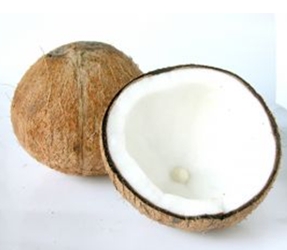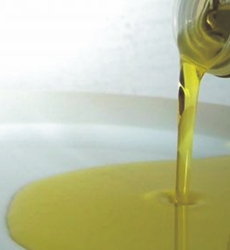
A common question about eating a diet for healthy hair and scalps is whether or not the average person can get all of their nutrients from just food alone.
When it comes to healthy eating it can be very challenging to get the nutrients needed for healthy hair just from an average nutritional program.
Although vitamins designed to promote healthy hair are very effective, they are most effective when combined with a healthy hair diet.
It can be particularly challenging to get all the healthy hair nutrients you need from food alone if youre dieting or if you avoid all animal or dairy products.
Super Foods For Your Hair Diet
Consider adding the following super foods to your diet to benefit your hair and your scalp.
Almonds – Loaded with vitamins and nutrients, almonds are one of the hair friendliest of nuts. Almonds provide nearly 25 percent of the recommended daily allowance of magnesium which is an essential mineral for growing strong healthy strands. Studies have shown that magnesium deficiencies can trigger hair loss.
A 1/4-cup serving of dry roasted almonds (preferably unsalted) provides approximately 45 percent of your daily recommended allowance of manganese and vitamin E. As a bonus almonds also include zinc, Omega-3 and selenium.
Spinach – Loaded with Vitamin A, C and E, spinach is a great food for hair and the scalp. It’s rich in iron and manganese which are key for healthy hair growth and maintenance.
Although iron helps minimize or prevent hair loss it’s always best to get it from minerals rather than from vitamins. Green and leafy vegetables as well as broccoli and brussel sprouts are also power foods for hair.
Carrots – Carrots are an excellent source of vitamin A which is critical for keeping the hair and scalp healthy. Root vegetables like ginger and onions are also excellent sources of vitamins and minerals.
Beans – Black beans have the highest level of antioxidant levels which provide many benefits to the scalp and hair. While other beans such as brown and white beans can be beneficial, black beans are considered the very best.
Eggs – Eggs are foods which are rich in iron which are key for healthy hair growth and maintenance. Iron helps with hair loss. Eggs are also rich in hair healthy biotin and vitamin B-12. Other foods in the same category are iron rich eggs are beetroots, dates and raisins.
Coconut – Adding coconut foods or related products such as coconut oil, chutney and milk is very useful in encouraging healthy hair and scalps as well as preventing hair loss.
Pomegranates – Chock full of Polyphenols, isoflavones and ellagic acids. Also rich in antioxidants which are important for healthy hair. For the best results eat the fruit as well as the seeds. Chew the seeds completely to get the most benefits.
Pomegranates are also high in Omega fatty acids which help the immune system as well as contribute to healthy scalp and strands. Raspberries and pterostibene rich blueberries are also great for hair along with some dried fruits and especially cherry juice (sugar free).
Oatmeal – A diet rich in silica, iron and calcium is very helpful for healthy hair and scalp. It’s also thought to minimize or prevent hair loss.
Raw oats are rich in silica, iron and calcium. Eat whole oats rather than instant oats to achieve maximum hair and scalp benefits. Brown rice and whole grains are also extremely beneficial.
Turkey – Hair experts disagree about the best meat choices for healthy hair. Some experts recommend red meats but others suggested that poultry such as turkey and chicken are actually better.
Both turkey and chicken are easily digested and absorbed into the body. Both meats are both rich in protein and iron.
Protein is important when it comes to healthy hair. A long term lack of proper dietary protein can cause hair to become dry, damaged and brittle. In some cases lack of proper protein can cause hair color loss. Of course fish is always an excellent source of protein and Omega-3 oils.
Vegetarians may wish to get their protein from special protein powders or bars.
Seaweed – Whether eaten crumbled into salads are wrapped around California roles seaweed is very rich in polyphenols and is excellent for long term hair health.
Nuts – Brazil nuts contain a very high source of selenium which is essential for maintaining healthy hair. Other nuts like walnuts are rich inOmega-3 alpha-linolenic acids which help maintain healthy tresses. Nuts are always rich in zinc which are also important for hair health.
Dairy Products – Not everyone can handle diary products due to lactose intolerance. For those who can handle dairy, skim milk and sugar free yogurts are wonderful sources of calcium and essential minerals for healthy hair.
Other Hair Healthy Foods
Other foods which should be included in your diet for healthy hair and scalp are Winter squash, pumpkins, black pepper and a variety of seeds such as sunflower seeds and flax seeds which are chock full of extra omega-3 and zinc.
Extra virgin olive oil (EVOO) is always a great healthy hair building oil.
Summary
Before embarking on any type of new dietary program for your hair, scalp or for other beauty concerns, always do your research and when in doubt always contact your primary care physician /GP for guidance.






